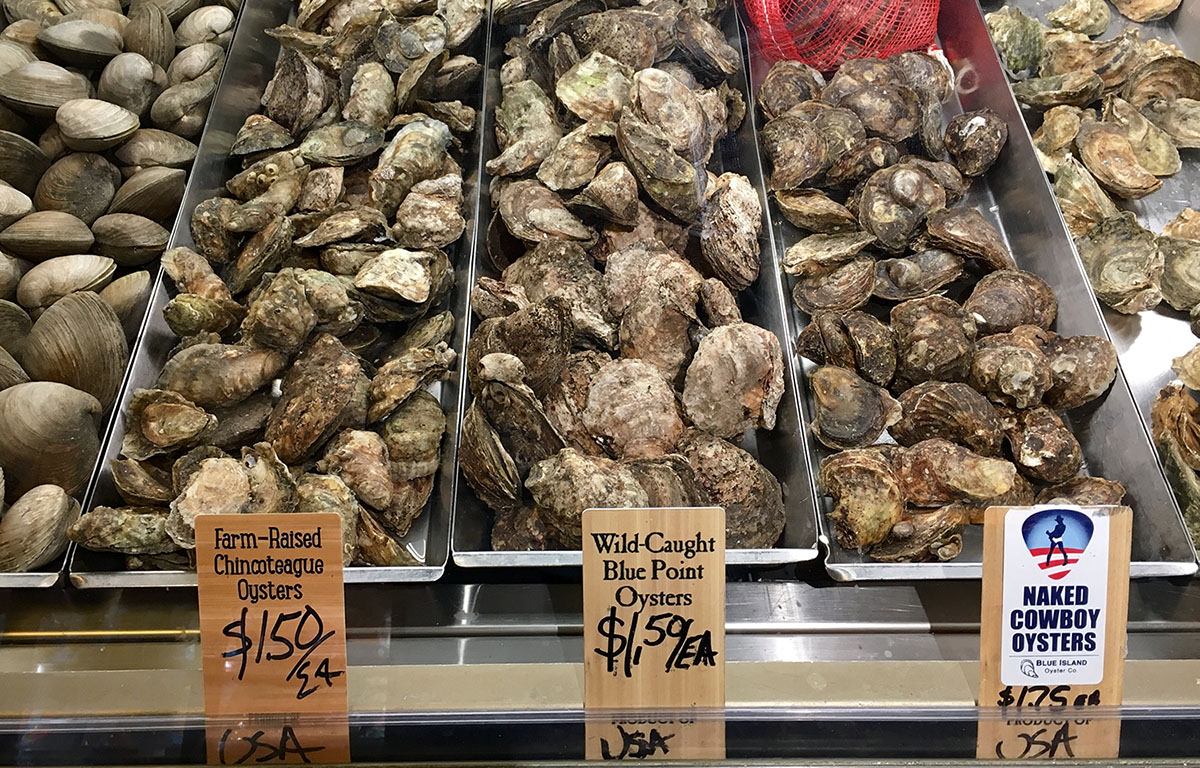A study recently published in the academic journal Ocean Sustainability has found that the U.S. is capable of achieving seafood independence and could shift away from its current reliance on imports.
The study, “Seafood independence is within reach: A multi-scale assessment of seafood self-reliance in the United States,” examined the country's seafood supply chain and consumption habits over a span of 50 years. It found that despite the U.S. being the second-largest importer of seafood by volume in the world, the country is capable of becoming fully independent of imports.
“There is a tendency to forget that seafood is an integral part of the nation’s food system, but achieving greater seafood independence can improve equity, health, and buffers from climate change,” said Joshua Stoll, an associate professor at the University of Maine who co-authored the study with research fellow Sahir Advani and Ph.D. student Tolulope Oyikeke.
The U.S. imports far more seafood than it produces. According to the U.S. Department of Agriculture, the seafood trade deficit was USD 20.3 billion (EUR 18.5 billion) in 2023, and the U.S. imported USD 25.3 billion (EUR 23.1 billion) worth of seafood.
“To meet rising consumer demand, the United States increasingly relies on global suppliers to supplement domestic production. About 80 percent of estimated U.S. consumption of seafood comes from abroad,” NOAA said of the statistics. “From 1995 to 2023, the value of U.S. seafood imports, adjusted for inflation, trended upward, with notable exceptions related to the global economic recession and the Covid-19 pandemic.”
Despite the reliance on imports, the study found through researching consumption and production data that if the U.S. focused on domestically available species and shifted consumption, the U.S. could theoretically provide for all of its seafood needs domestically.
Dividing the country into regions – New England, the Gulf of Mexico, the mid-Atlantic, the south Atlantic, Alaska, the West Coast, Hawaii, and other states – the study examined whether each region could meet its own seafood needs. The study said a big portion of the U.S.’s potential sits in Alaska, which can easily meet its own seafood needs and produces 27,000 percent of its regional seafood demand, while the Mid-Atlantic region was the least self-sufficient, providing only 7 percent of the seafood it demands.
The study based the findings on current per-capita consumption of seafood in the U.S., which is ...








